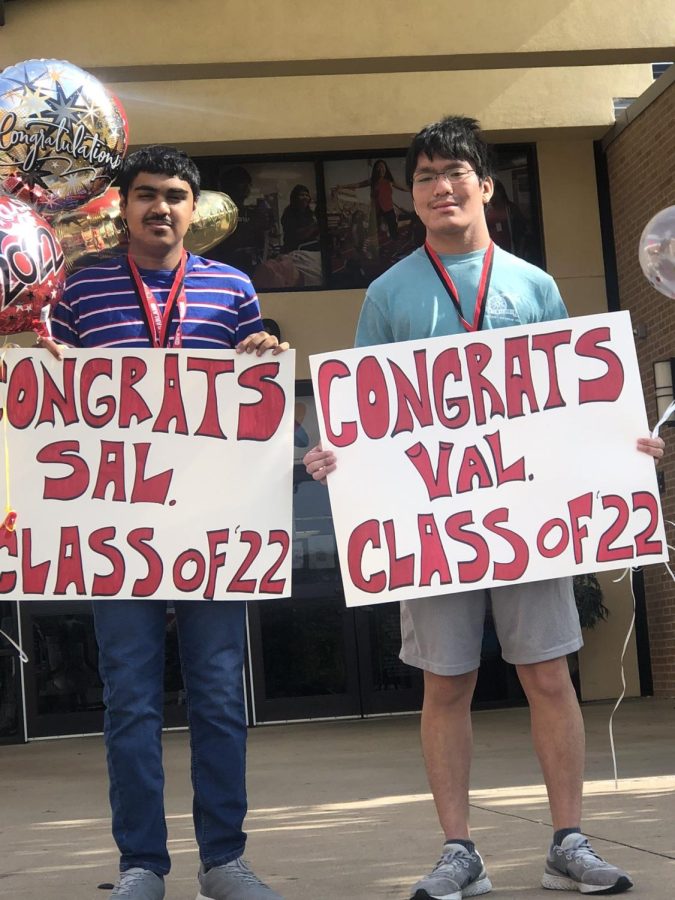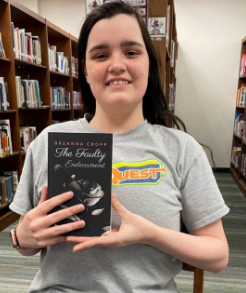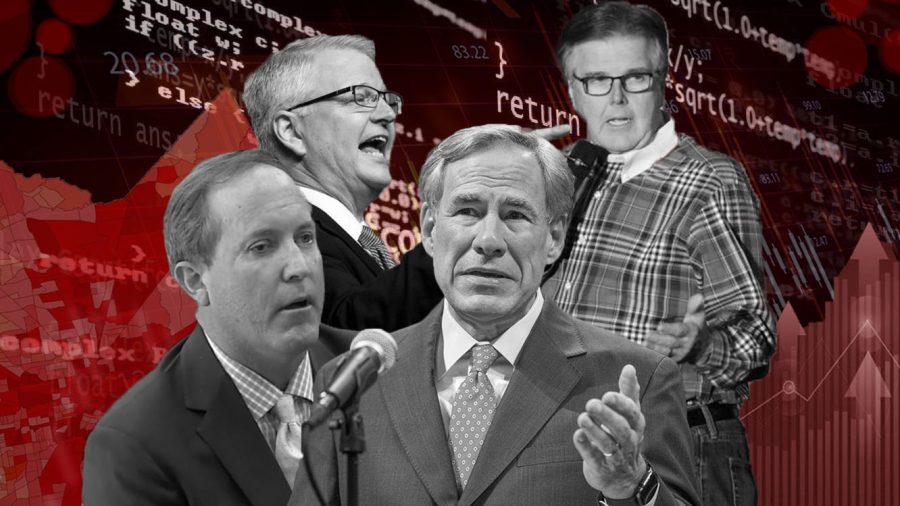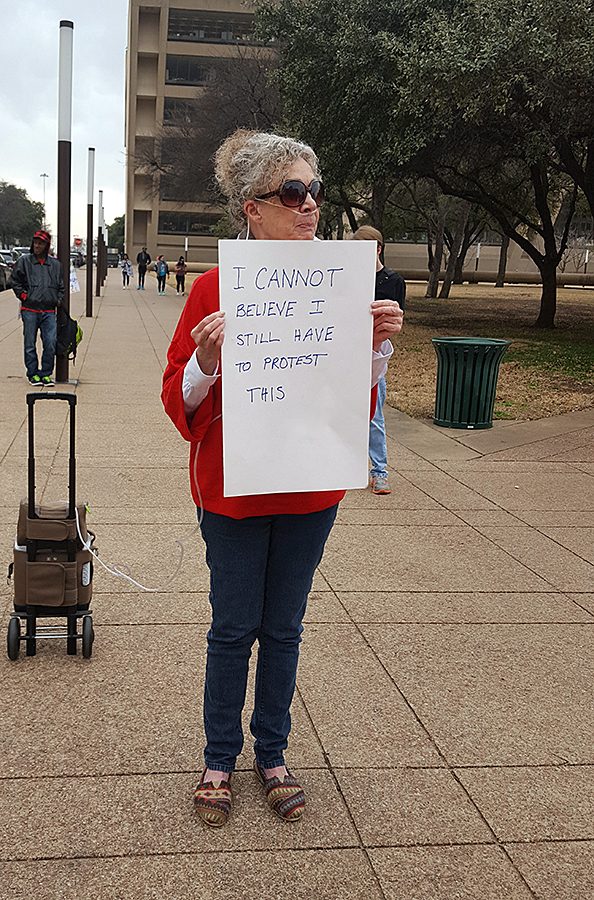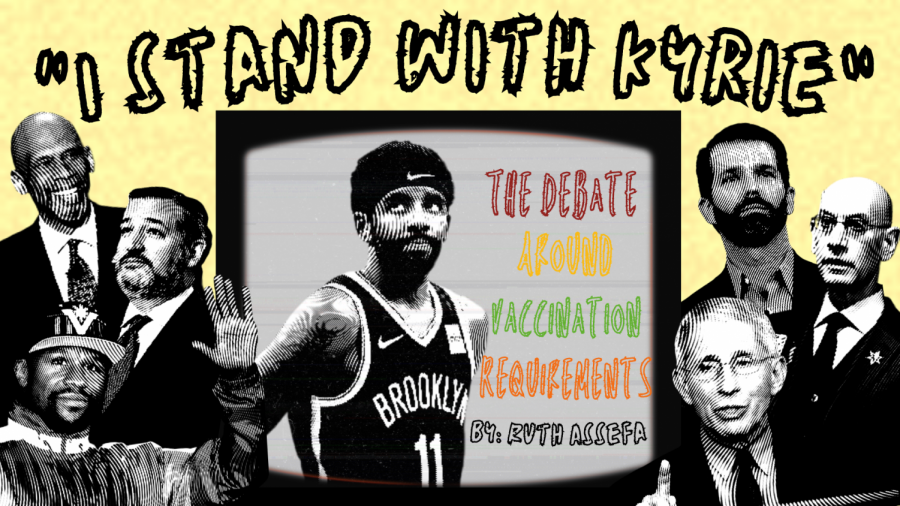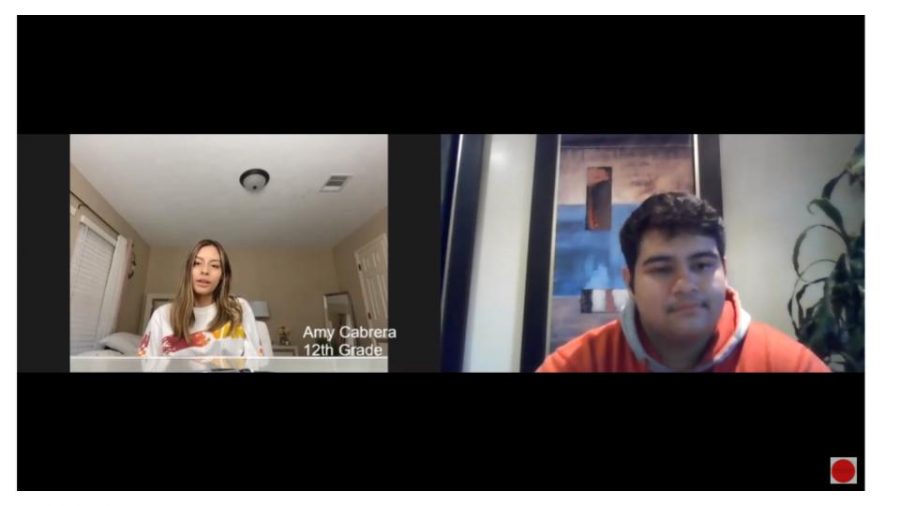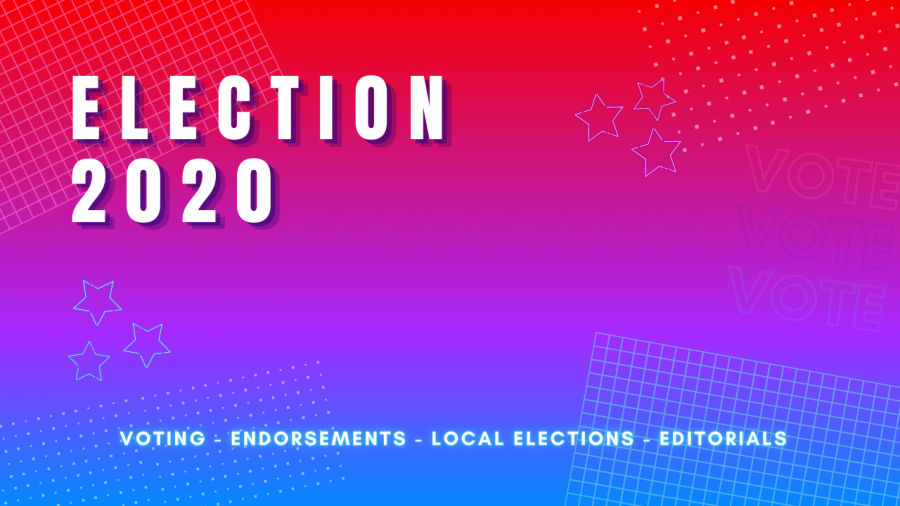Voter Suppression and its History in Texas
By: Michelle Montanez
Texas, over the years, has had robust changes in their demographics, from age to ethnic background, causing many political stances to change from previous ones that highly represented well off, white voters. Due to a fear of slipping power, there were rising suspicions that Republicans began to subdue the Democratic party and its voters by limiting voter accessibility.
Voter suppression is known as preventing citizens at the bottom of this country’s socio-economic hierarchy, like people of color, the working class, and younger people, from exercising their right to vote. Using methods like voter suppression to sway election results isn’t new to Texas —- it’s been happening since the years shortly after the Civil War.
After the Civil War, the Fifteenth Amendment was written, which gave Black men the right to vote. For some time after that, Abraham Lincoln’s Republican party had the upper hand in Texas, and African Americans were being elected for office. However, Texas Democrats then began to build a legal regime to disenfranchise, or take away the rights to vote that the freedmen had. This included poll taxes and the “white primary laws,” which prevented African Americans and Hispanics from participating in the Democratic nominating contest. Any time these citizens tried to register or vote, they were at risk of harassment, intimidation, being robbed, and violence. As a result, very few African Americans were registered voters, and they had no political power, either nationally or locally.
“It’s an old trend,” Vice President of the League of Women Voters of Dallas Barbara Larkin said. “It’s been happening for a while now. I define voter suppression as obstacles that make it harder to vote, that don’t have any benefit.”
The Voting Acts Right of 1965 was signed shortly after 36th President Lyndon B. Johnson was sworn into office. This was the most significant change in the relationship between the Federal and state governments concerning voting rights since the reconstruction period after the Civil War. Although it was challenged in court many times, this new law had a huge impact.
According to www.ourdocuments.gov, by the end of 1965, a quarter of a million new Black voters had been registered, and by the end of 1966 only 4 out of 13 southern states had fewer than 50 percent of African Americans registered to vote. The Voting Rights Act was readopted and strengthened in 1970, 1975, and 1982.
“We talk about voter suppression all the time,” Cliff Albright, co-founder of Black Votes Matter said to Mother Jones. “But it’s always followed with: We’ve got the power to overcome this.”
In early October 2020, Governor Greg Abbott issued an executive order which restricted mail ballot collection boxes to one per county. Abbott justified his decision by stating that absentee voting gives a chance for fraudsters to influence the election, although there’s no evidence that fraud takes place often enough to be a concern. Abbott has since then been sued, because citizens who wanted to vote had to travel further distances, face longer waits and were at more risk of being exposed to COVID-19 according to the lawsuit filed by organizations like the Texas National League of United Latin American Citizens.
“They’re not even trying to hide it anymore,” Myrna Pérez, director of the voting rights and election project at the Brennan Center said to The Texas Observer. “It’s just like this never-ending tactic that cheapens democracy and confuses voters, and that’s by design.”
Texas has been a strong red state, voting republican for decades now, since 1980 when Ronald Reagan was elected as 40th president of the United States. Although there were speculations that Texas would have voted blue this year, on Nov. 3 Texas was once again announced a republican state.
It had previously been brought to attention that Abbott’s efforts to suppress voters in Texas had backfired, at least somewhat. Harris County, where voters of color make up the majority, was speculated to have a downfall of voters after the executive order was set. Although Harris County is the largest in the state, covering a bigger land mass than the state of Rhode Island, they were only allowed one mail ballot collection box. Because of this, the number of voters was expected to decrease significantly. Nevertheless, Harris County had a record of 128,000 voters on the first day of early voting, compared to 68,000 in the 2016 presidential election. Turnout barely dropped since then.
“If the folks in charge wanted everybody in Texas to vote, they would remove every real and imagined obstacle to voting,” said Ross Ramsey from The Texas Tribune. “They do not, they are not.”
The Trump administration has been accused and found guilty of taking actions to sway the election, including sabotaging the U.S. Postal Service and and undermining mail in voting, with Trump himself encouraging his “army” of poll watchers to challenge Democrats at polls, and already refusing to accept election results peacefully.
Mail-in-voting has various requirements that risk many not getting their vote casted, like rejecting mail-in-ballots for a mismatched signature. Conservate-dominated federal courts have issued a series of rulings, which limit voting options in battleground states. Election officials rejected more than half a million ballots during the primaries, over things like missed delivery deadlines, accidental mistakes, and uneven enforcement of the rules. A GOP law requires people with past felony convictions to pay all fines and fees before voting, which limits over 700,000 people from voting. Although there may be many obstacles that make the voting process more difficult, more than 159.8 million Americans voted in the presidential election, according to Town & Country.
“Instead of having a system most states have where you go online and you submit your information and it goes off to the county election site and then they check all the data and make sure they put you in the system, in Texas you have to use a paper form,” Larkin said. “So we drive all over town and have tables set up and people come and they fill out the form and then we have to bring it to the county within five days and they enter it wrong in the system, and that happens all the time.”
Overall, the number of people aged 18-29 in Texas who voted as of Nov. 3 is over 1 million, and is 20 percent more than the total youth turnout in the 2016 election, which could have a lot to do with why Texas was considered to be a swing state in this election. Texas had results that have stunned many, considering the low overall turnouts in previous years. Although the results seemed to swing back and forth, the republican party won with more than 600,000 votes over the democrats. Overall, we don’t know, and may not know for a while, who will really be sworn into presidency in January of 2021, and how long these “efforts” of voter suppression will be effective enough to be able to keep the Republican Party in office.
“It’s hard to make change the way the world works right now,” Larkin said. “But if you have an idea of how you want to make change, just start thinking about what you would want to do to make the world better.”

